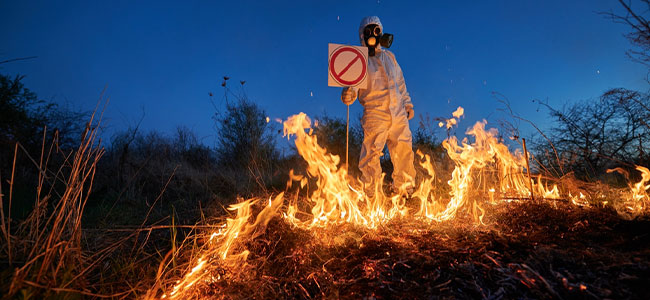
Washington L&I Establishes Permanent Wildfire Smoke Rules to Protect Outdoor Workers
Washington is now one of only three U.S. states to create year-round protection from wildfire smoke.
- By Robert Yaniz Jr.
- Dec 19, 2023
The Washington State Department of Labor & Industries (L&I) has taken action against the increasing threat of wildfires with new permanent rules to protect workers from wildfire smoke.
In a recent announcement, L&I announced the change, which will go into effect on Jan. 15, 2024. The new rules require employers to craft a response plan, train employees on smoke dangers, monitor particulate matter levels, establish a two-way communication system and ensure access to medical care once the particulate matter (PM2.5) reaches specific thresholds.
“With our changing climate, we know the threat of wildfire smoke isn’t a short-term problem,” Craig Blackwood, L&I’s assistant director for the Division of Occupational Safety and Health, said in a statement. “By developing year-round, permanent rules that clearly spell out the requirements employers must follow, we can help them protect workers from the hazards of wildfire smoke.”
Employers can track air quality using the NowCast Air Quality Index (AQI) and must respond by providing more robust protections, including respiratory equipment, as conditions deteriorate. Under these rules, employers must evaluate the need for medical potential if workers exhibit symptoms from smoke exposure and cannot prevent them from seeking medical advice.
L&I’s regulations now position Washington alongside Oregon and California as the only states with year-round measures aimed at limiting workers' exposure to particulate matter from wildfires. Wildfire smoke is reportedly one of the fastest-growing pollutants, one to which exposed outdoor workers in fields like construction and agriculture are at serious health risk.
L&I provides extensive free resources on their Wildfire Smoke web page, including additional guidance on how employers can take steps to protect the health and safety of outdoor workers.
About the Author
Robert Yaniz Jr. is the former Content Editor of Occupational Health & Safety.